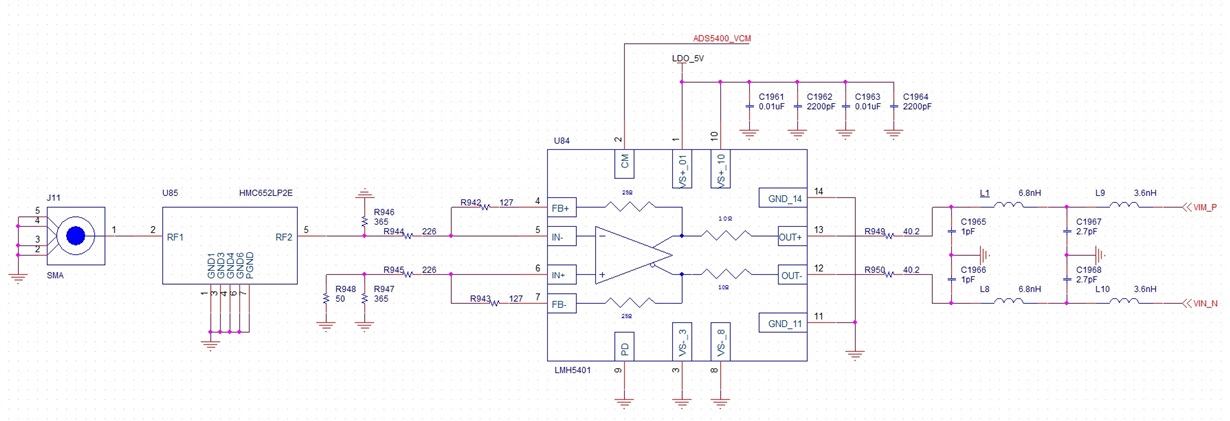Now I am using two ADS5400 to sample the signal, which is from -2V to 0.5V, and should use DC-coupled.
How can I achieve it? Can you give me some advice? Thanks.
Also there is another requirement: the difference of the two ADC devices must below 25 ps, Can the ADS5400 achieve it?
Best wishes!


